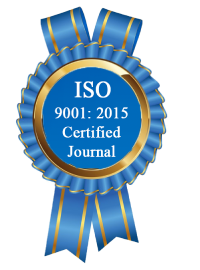| All | Since 2020 | |
| Citation | 172 | 110 |
| h-index | 7 | 5 |
| i10-index | 1 | 0 |
WJERT Citation 
Login
News & Updation
Abstract
CONSERVATION OF ORANGES BY UV IRRADIATION
Vanesa Campero*, Soledad Medina, Claudia Sandoval, Maria J. Barrionuevo, Ana C. Gomez Marigliano
ABSTRACT
In Argentina, around 900,000 tn of oranges are produced. There are commercial crops throughout the Litoral, from the north of the province of Buenos Aires to Misiones, as well as in the Northwest, from Catamarca to Jujuy. This fruit is very popular among the inhabitants and consumed in Argentina, because it is economical. On the other hand, in recent years there has been an increasing demand for fresh and healthy products, which means that the food industry seeks non-thermal conservation technologies as alternatives to thermal treatments. The application of UV light on liquid or solid products is used in different sectors of the food industry, due to the harmful effect it causes on the DNA of many microorganisms. The objective of this work is to determine the variation of the some characteristics of oranges subjected to ultraviolet radiation and to know the temporal evolution of the fruit to evaluate the conservation method. The oranges were divided into 3 batches, one Witness (without radiation), anothers was treated with the applications of pulses of UV radiation. The parameters analyzed were vitamin C, soluble solids, acidity, color and UV-V spectrum. From the results obtained it is concluded that the treatments of the fruits with application of wavelength of 254 and 365 nm, decrease the concentration of acidity, maintain the level of vitamin C for a longer time and preserve the soluble solids in the juice. For this reason it is considered that irradiation of oranges is a useful method for the conservation of fruits maintaining the nutritional characteristics over time.
[Full Text Article] [Download Certificate]
